Strangers in a Strange Land
This is the Haggadah we have used since our children were born in the 1980s. It’s illustrated by the renowned artist Leonard Baskin.
It’s a challenging time to know what to do with my Jewishness. Although I am not religiously observant, I am a cultural Jew who feels connected to the generations who came before me and all they endured - and who has embraced the tenets of justice (tzedek) and repairing the world (tikkun olam). Those philosophies are part of who I am, but I never thought of the accident of my birth as being the center of my life. But, in some ways, the world seems to be thrusting that upon me.
Monday marks the beginning of Pesach – always my favorite Jewish holiday, rich in both tradition and meaning. While an important piece of the Passover story is the Jews’ escape from 430 years of slavery, the celebration is not just about freedom but immigration.
Even as we recount our own history, we are urged to remember that once we were strangers in a strange land, and should therefore empathize with those who feel cast aside, helpless, or alone. “Let all who are hungry come and eat,” reads the Hagaddah. “Let all who are in want share the hope of Passover.”
At our family seders in the 1950s and 1960s, the discussion inevitably turned to civil rights for Black Americans – a natural continuation of the story that centers on the journey from oppression to dignity. Sadly, that focus could extend to a plethora of groups today – including the immigrants at our borders, those fleeing violence around the globe, and even those who feel the growth of hate and “othering” in this country. In the wake of the October 7th attack and the resulting Israel-Hamas war, Jews themselves feel vulnerable, less than accepted, and even threatened as antisemitism rises in a way I have never witnessed in my lifetime. At the same time, Muslims are experiencing a wave of Islamophobic bias and hate. Of course, the list is long: Asians, Hispanics, women, gender non-conforming people are all targets.
It is easy to grow cynical about the politics of our time and what appears to be an inevitable spike in bigotry fueled by divisive rhetoric. I confess I fall prey to that despair. But Passover calls upon me to renew the fight for fairness, freedom and family – for all people.
There is lots of symbolism in the Passover meal, and much of it harkens to, if you’ll forgive the use of a Taoist and Buddhist term, the Yin and Yang of life, the darkness and the light. The tasty mixture of apples and walnuts resembles both the mortar used by the slaves and the sweetness of their exodus. We dip parsley, a symbol of spring, into salted water to remind us of the tears borne of injustice. But there was one part of the Passover story that most affected me as a child and stays with me still: as we recite each of the ten plagues, from blood in the Nile to hail and lice and locusts and the killing of the firstborn, each more horrifically bizarre than the last, we dip our finger in our cup of wine to diminish our joy because we recognize that our exodus caused anguish in others.
Today, some Jewish families replace the ten plagues with a more contemporary list of their own choosing. It would not be hard to do. But it is the sentiment of empathy that should prevail. As noted eloquently in The Journey Continues: The Ma’yan Haggadah, we should dream new paths to freedom… “so that the next sea-opening is not also a drowning; so that our singing is never again their wailing. So that our freedom leaves no one orphaned, childless, gasping for air.”
My book, In the Wake of Madness: My Family’s Escape from the Nazis is, at its heart, an immigration story that, like the Passover Seder, should remind us that hatred upends lives and, once upon a time, we were all strangers in a strange land.


